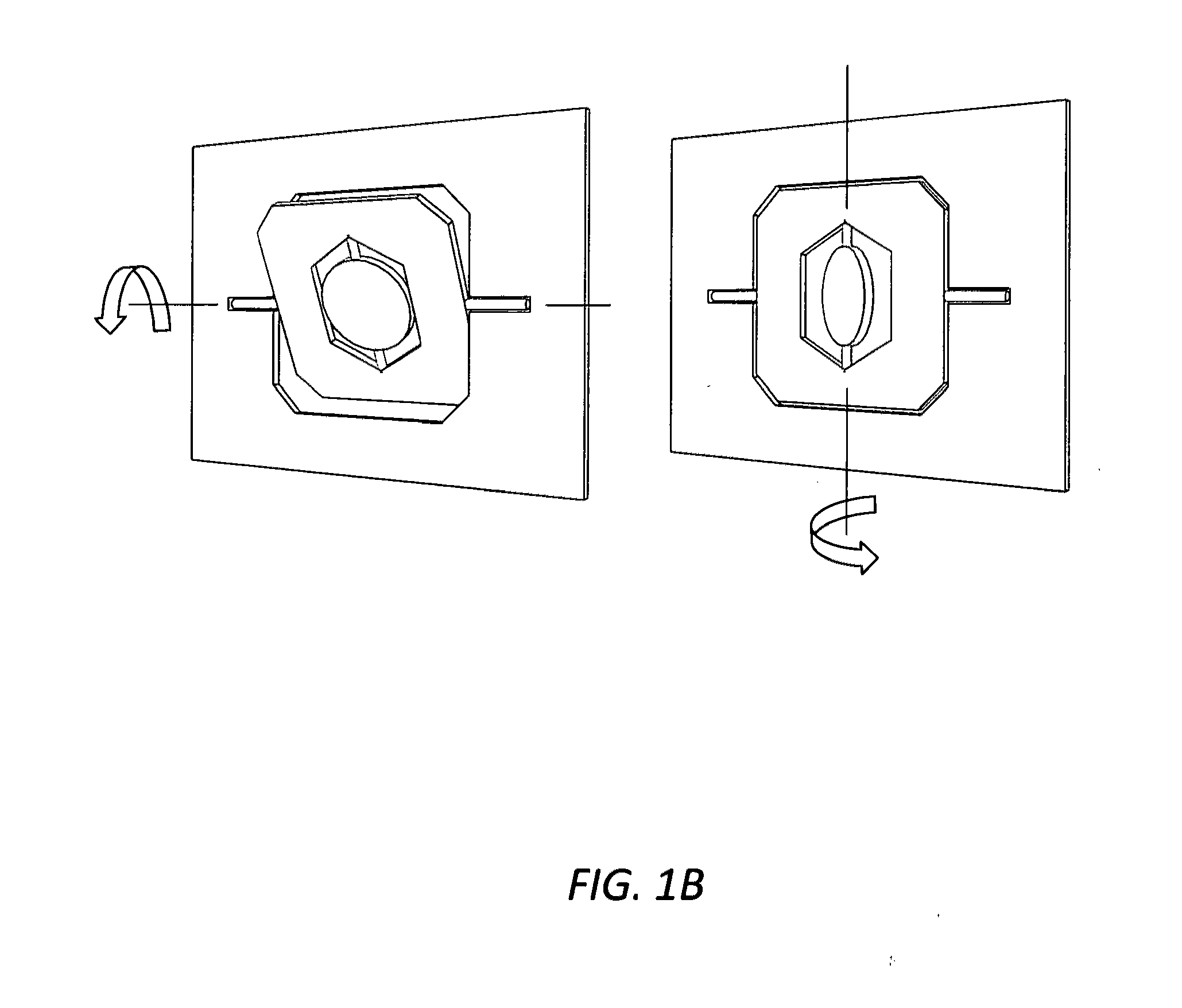Dynamic foveal vision display
a display system and foveal technology, applied in the field of head mounted display systems, can solve the problems of wasting the computational power required to drive the display, unable to achieve high resolution and a wide field of view at the same time, and achieve the effect of low bandwidth requirements
- Summary
- Abstract
- Description
- Claims
- Application Information
AI Technical Summary
Benefits of technology
Problems solved by technology
Method used
Image
Examples
Embodiment Construction
[0029]Applicants' technology provides an ideal solution to the problems of prior art head mounted displays. Pixels are generated wherever and whenever they are needed in the field of view through judicious modulation of the lasers. The lasers are operated at high bandwidth over the foveal field of view where the wearer is currently looking, and operated at appropriately reduced bandwidth in the peripheral field of view. In this manner the wearer perceives high-resolution imagery wherever they look over a large field of view, yet the required bandwidth is manageable. Preferred embodiments can be described by reference to FIGS. 2A through 11. Applicants use two separate two dimensional MEMS scanner systems (each with a horizontal and vertical scan motion similar to the scanner shown in FIG. 1B). These scanners are available from suppliers such as Microvision, Inc. with offices in Redmond, Wash. One of the scanner systems produces the foveal high-resolution image, and a second scanning...
PUM
 Login to View More
Login to View More Abstract
Description
Claims
Application Information
 Login to View More
Login to View More - R&D
- Intellectual Property
- Life Sciences
- Materials
- Tech Scout
- Unparalleled Data Quality
- Higher Quality Content
- 60% Fewer Hallucinations
Browse by: Latest US Patents, China's latest patents, Technical Efficacy Thesaurus, Application Domain, Technology Topic, Popular Technical Reports.
© 2025 PatSnap. All rights reserved.Legal|Privacy policy|Modern Slavery Act Transparency Statement|Sitemap|About US| Contact US: help@patsnap.com



